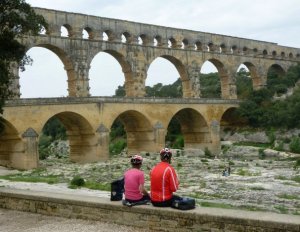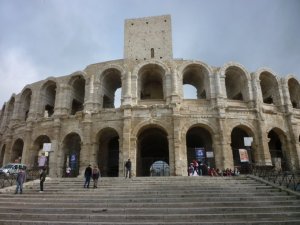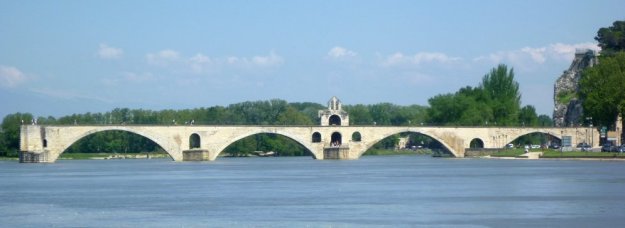It was a different kind of travel these past months.
In January, I reported that I was transitioning to “advancement” a.k.a. retirement.
The transition has gone according to plan, … mostly.
Cheryl’s resolve to go on working was thwarted by a meltdown at her employer. In March she resigned, and is now looking for a year-long contract. Despite the unexpected tightening of finances, I’ve been fairly good at not abandoning my Declaration of Self-Actualization in favour of going back to work. I wish Cheryl could join me in this new endeavour, but for now, she’s committed to being a working woman.
You may recall that my transition was to have three distinct phases: Endings, the “Neutral Zone”, and the New Beginning.
My journey through the “Neutral Zone” was interesting. Limiting Internet usage to four evenings a week proved highly challenging – life is so Internet-centric these days! But I mostly succeeded, and it gave me a new sense of freedom, not to mention more time. Among the many books I read was “i-Minds: How Cell Phones, Computers, Gaming, and Social Media Are Changing Our Brains, Our Behaviour, and the Evolution of Our Species.” It definitely added to my rationale for taming the iBeast.
For the last five days of my Neutral-Zone period, I engaged in a “mostly silent” retreat at the seaside Krishnamurti Centre of Canada in rural Metchosin, BC. I knew nothing about Jiddu Krishnamurti before I went, and chose the location primarily as it offered a nearby opportunity to spend some time in contemplation. I spent most of the time strolling in the gardens or on the beach, or contemplating views like this one. However, I did read one of Krishnamurti’s shorter books, and found his stuff intriguing. Somehow I’d missed him in the 60s.
I returned from my retreat energized and at peace; work was a distant memory so the “Endings” were done. I was ready to leap into the New Beginning. An opportunity for a jump start presented itself in the form a weekend “New Warrior Training Adventure”, run by the ManKind Project as a “modern male initiation.” And that it was! I returned from the weekend part of a new community and ready to take on the next stage of my “advancement.”
I’m happy to say that I’ve started my 3rd Act Career – although there may be no money in it, … or not for a long while. I’ve started a practice of working every day on writing a novel, something I’ve wanted to do for years. On an author friend’s recommendation, I began with the system outlined in “Writing a Book in 30 Days: A 60-Minute Masterclass.” At my current rate of progress, I’m estimating 30 months will be barely sufficient. But I’m having a lot of fun. My nascent plot spans three continents, so Cheryl and I are both looking forward to the location research projects.
Since my writing muscles are now engaged daily, I’ll likely limit future posts this year to travel reports. While we decided to postpone any overseas travel until next year, we have a pretty full schedule of outdoor activities closer to home. This month, we’ll be hiking in Utah, and cycling some of Washington State’s coastal islands. Stay tuned!
Cycling will be a big part of this year’s activities. For my “kedge”, I’ve signed on to do the two-day 175-mile loop of the local Ride to Conquer Cancer. Since Day One will exceed my longest-ever ride by about 80%, I’ve to a lot of training to do. I’m out at least three days a week, and expect that to rise as the August ride date approaches. I’ve invested in a faster bike so I can ride with a local club later this season.
While my novel file is growing and my average cycling speed is creeping upwards, a few of my other projects stalled. When the decluttering was about 30% done, we realized we weren’t likely to downsize this year, and put the project on hold pending the autumn rains. On the training side, I managed to pass only one of my two assessments, leaving the other to be rescheduled during those same autumn rains.
For now, the weather is great for some beautiful spring rides.
Related Posts:
- Transitions
- Clutterphobia
- Dancing Your Second-Act Career
- Younger Next Year
- Adventures in Our Back Yard
- Meeting Up
For Further Reading:
- “i-Minds: How Cell Phones, Computers, Gaming, and Social Media Are Changing Our Brains, Our Behaviour, and the Evolution of Our Species” by Mari Swingle
- “The Joy of Missing Out” by Christina Crook
- Jiddu Krishnamurti (Wikipedia)
- New Warrior Training Adventure (from The ManKind Project)
- “Writing a Book in 30 Days: A 60-Minute Masterclass” by Karen Wiesner
- Ride to Conquer Cancer
- Friends can donate here.











